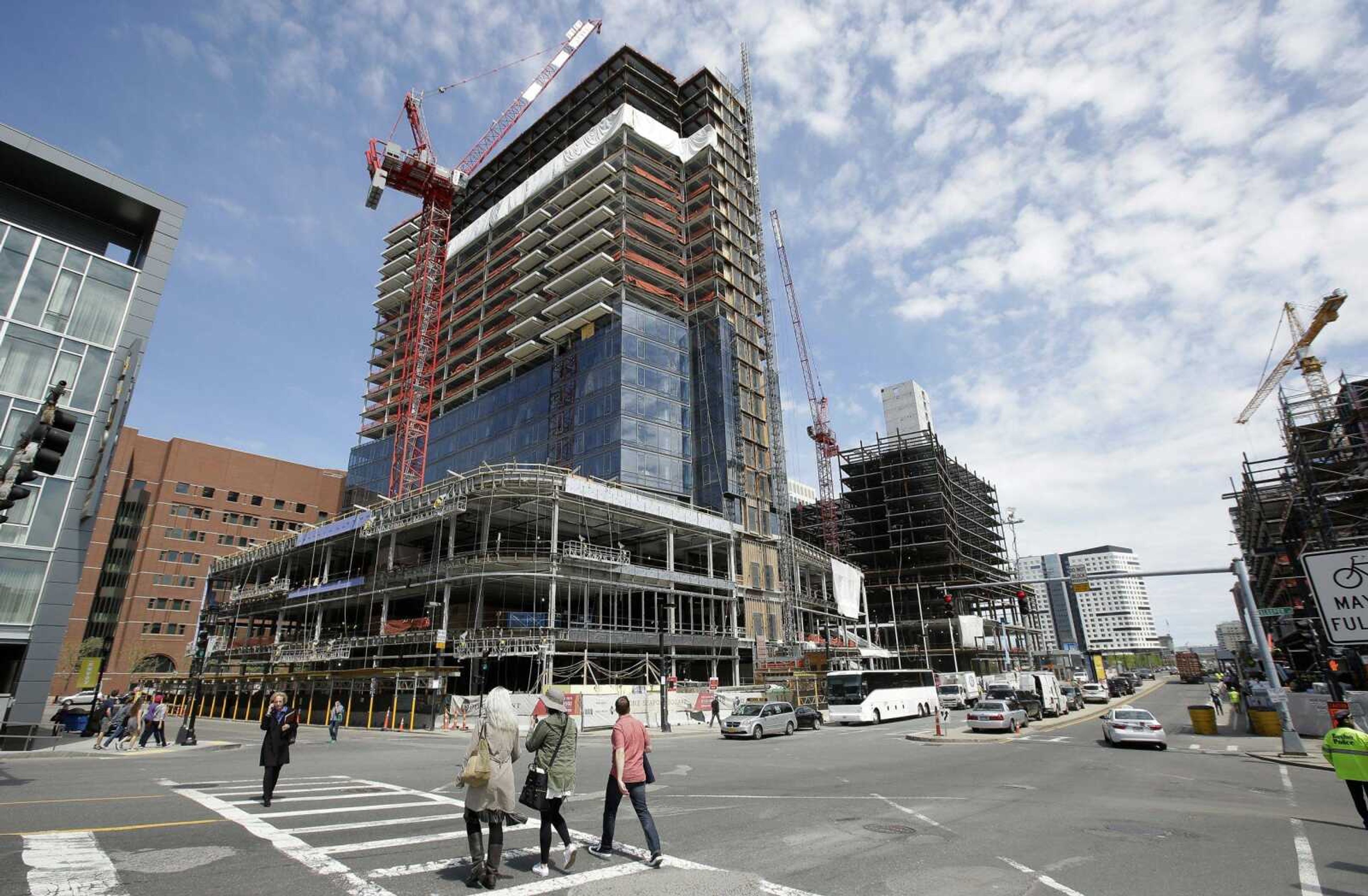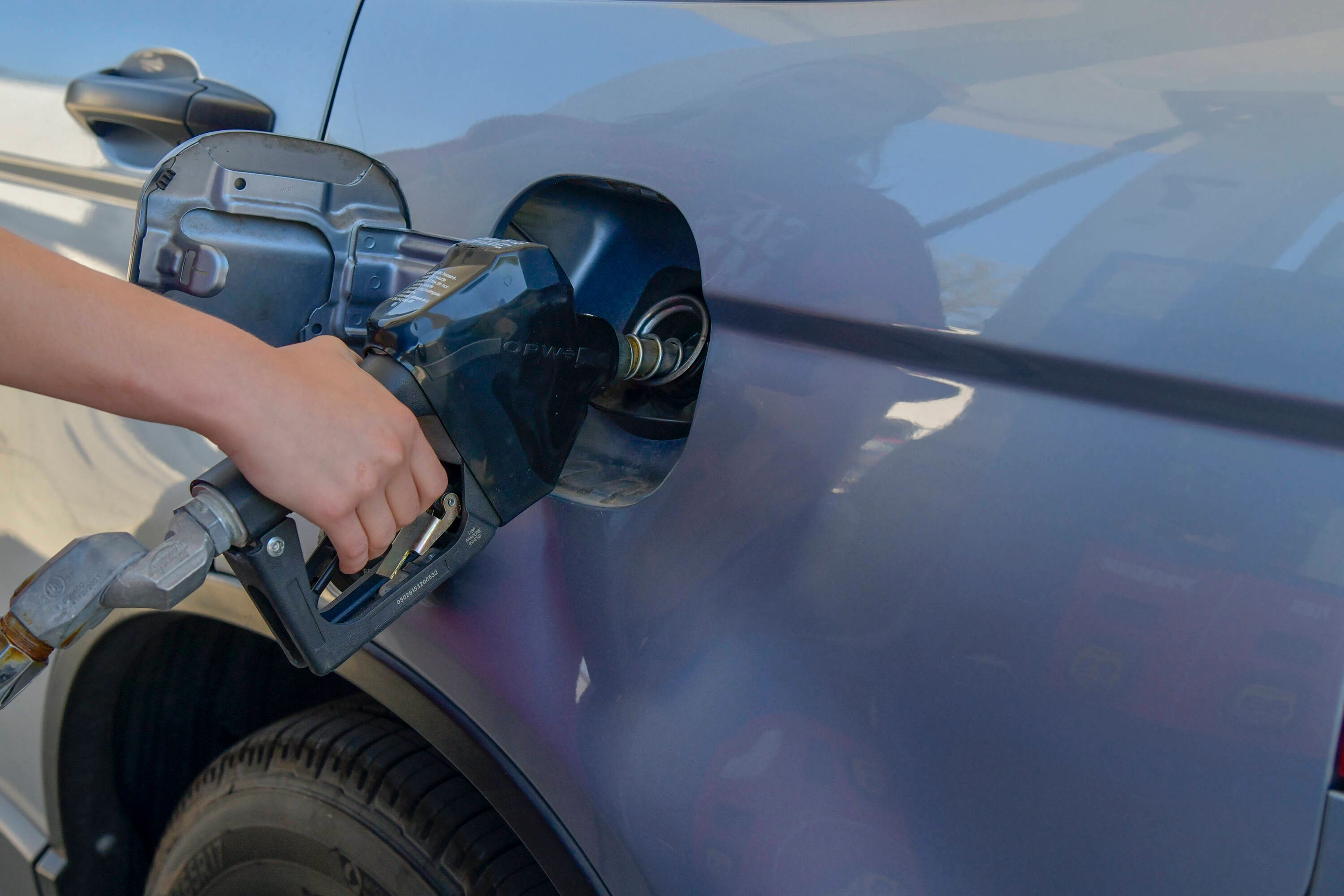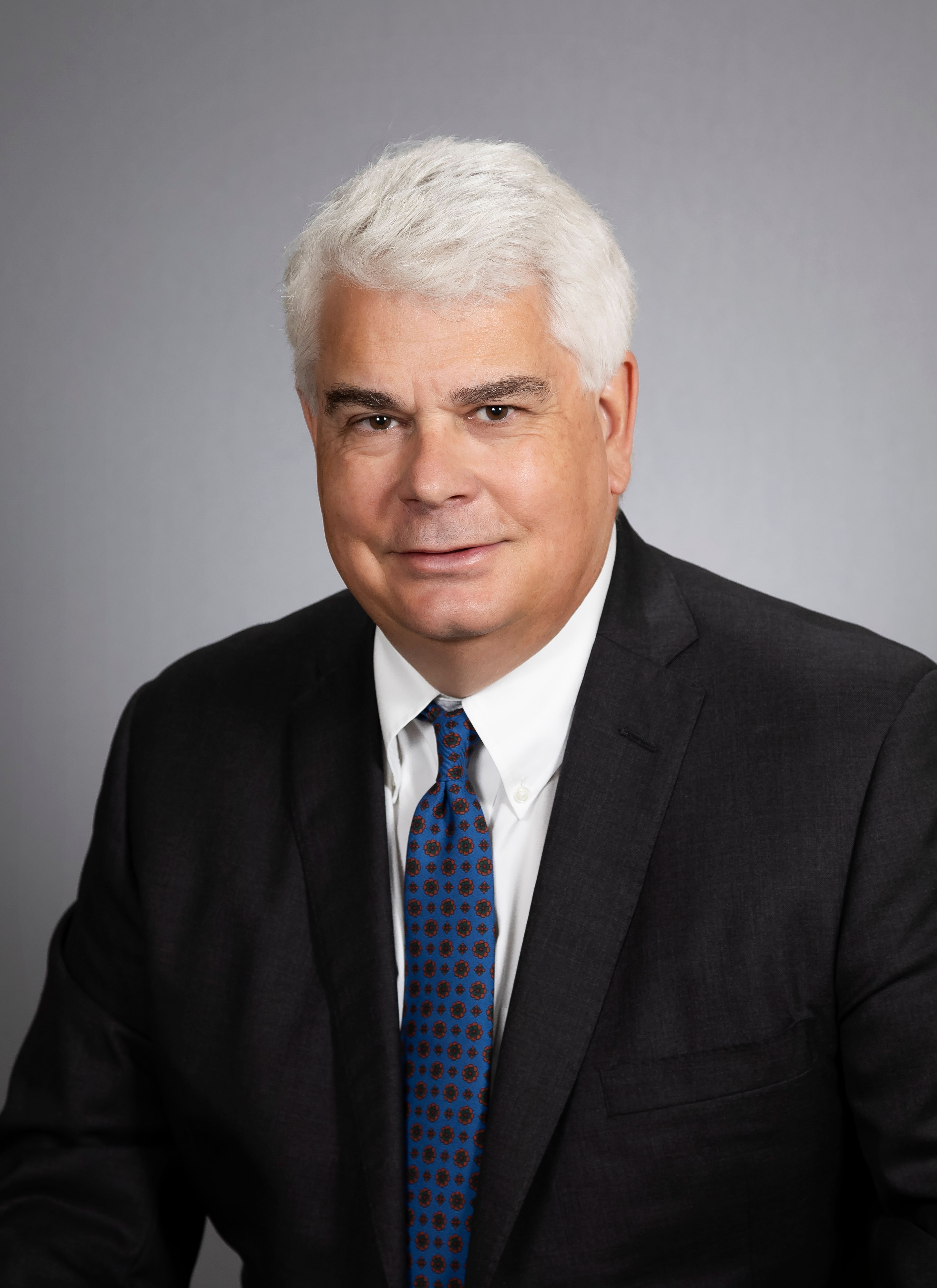Economy expected to pick up after weak growth in spring
WASHINGTON -- A surprisingly lackluster economy last quarter served as a reminder of how choppy the pace of growth has been since the recession ended seven years ago. Businesses pared their stockpiling and investment through the spring. But consumers -- the heart of the U.S. economy -- kept spending...
WASHINGTON -- A surprisingly lackluster economy last quarter served as a reminder of how choppy the pace of growth has been since the recession ended seven years ago.
Businesses pared their stockpiling and investment through the spring.
But consumers -- the heart of the U.S. economy -- kept spending.
Most economists foresee faster, if still modest, growth the rest of this year.
The Commerce Department's report Friday showed gross domestic product -- the broadest gauge of the economy -- grew just 1.2 percent in the April-to-June quarter. That was far weaker than the forecasts of most analysts, who had expected growth of twice that pace in a bounce-back from a slump at the start of the year.
Earlier last week, a statement from the Federal Reserve had led many economists to conclude a strengthening economy would lead the Fed to resume raising rates as soon as September.
But after Friday's tepid GDP report, many said a September rate hike probably was off the table.
"The GDP data have significantly reduced the chances of a near-term rate hike," said Paul Ashworth, chief economist at Capital Economics. Ashworth predicts only one interest rate increase this year, in December.
The biggest factor for the shortfall in GDP growth last quarter was businesses reduced their restocking by the most since 2011. That pullback in stockpiling subtracted 1.2 percentage points from annualized growth in the April-to-June quarter -- more than economists expected. It was the fifth straight quarter in which weak inventory-building has dampened the economy's growth.
But most analysts said the efforts by businesses to adjust their stockpiles to more closely match their sales probably is ending and will be followed by increased restocking, which would deliver a boost to GDP in coming quarters.
"Businesses have overdone the inventory reductions, and that is likely to reverse in the third quarter, which will help growth," said Nariman Behravesh, chief economist at IHS Global Insight.
Behravesh predicted GDP will accelerate to an annual growth rate of about 2.5 percent in the second half of the year. Even with that rebound, growth for the full year would amount to a sluggish 1.5 percent. It would be the slowest pace since the recession ended.
For 2015, revisions the government issued Friday showed the economy grew 2.6 percent, more than its previous estimate of 2.4 percent.
Economists are counting on the consumer sector, which accounts for about 70 percent of economic activity, to remain solid in the second half of the year, boosted by continued job gains.
For the April-to-June quarter, consumer spending did not disappoint: It grew at a healthy annual rate of 4.2 percent, the fastest increase in more than a year and more than twice the first-quarter rate.
Last quarter's overall GDP growth of 1.2 percent followed an even weaker pace of 0.8 percent in the first quarter. The fourth quarter of 2015 was also subpar, with GDP expanding just 0.9 percent.
Trade was a slight positive in the second quarter: It added 0.2 percentage points to growth, which may signify export sales have stabilized after a slide resulting from global weakness and a strong dollar, which makes U.S. goods costlier overseas.
In the spring, the government sector contracted at an annual rate of 0.9 percent, led by weakness in state and local spending.
Business investment declined for a third straight quarter as the energy sector cut further in response to low oil prices. Analysts said these reductions may be tapering off, allowing investment to start rising again in the second half.
Housing construction, which had been a bright spot, shrank at an annual rate of 6.1 percent last quarter. But economists said this likely reflected a warmer winter that brought forward building activity that normally would have occurred in spring.
Democrats and Republicans used the GDP report to make political points. House Ways and Means Committee Chairman Kevin Brady, R-Texas, called the report disappointing and said it "hardly inspires confidence that our economy will reach its full potential any time soon."
Jason Furman, chairman of the president's Council of Economic Advisers, said the report "underscores that there is more work to do" and said the Obama administration would keep pursuing policies to strengthen growth and boost living standards.
Republicans largely have blamed Obama administration policies for GDP growth that has averaged 2.2 percent annual gains since the recovery began in June 2009, the weakest of any expansion in the post-World War II period.
Democrats point instead to structural changes in the U.S. economy and to obstructionism by Republican leaders in Congress who have blocked spending initiatives.
The economy this year has withstood a host of problems, from market turbulence caused by fears over how an economic slowdown in China could weaken the global economy to a nosedive triggered by Britain's vote to leave the European Union.
Economists, however, are mostly confident the country is in no danger of toppling into a recession, in part because the job market, after a slowdown in April and May, came roaring back in June with the biggest monthly hiring gain since October.
Connect with the Southeast Missourian Newsroom:
For corrections to this story or other insights for the editor, click here. To submit a letter to the editor, click here. To learn about the Southeast Missourian’s AI Policy, click here.






